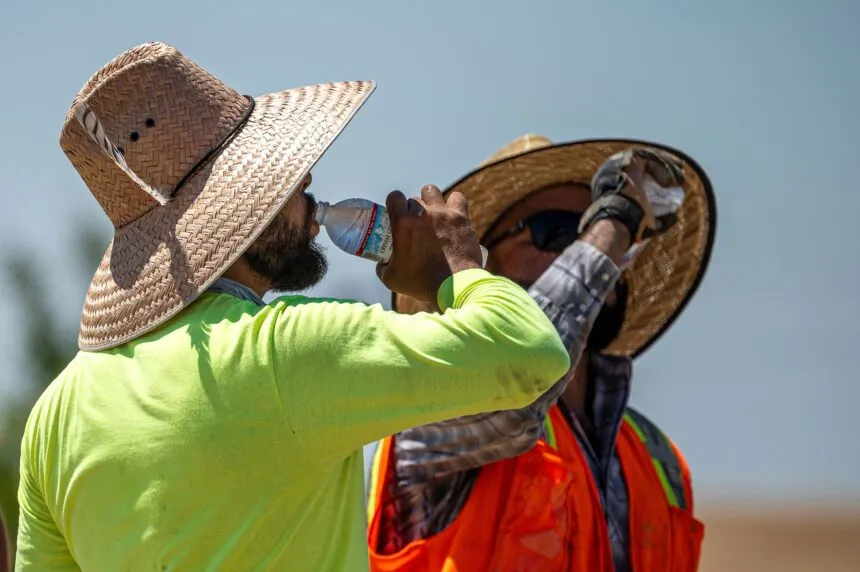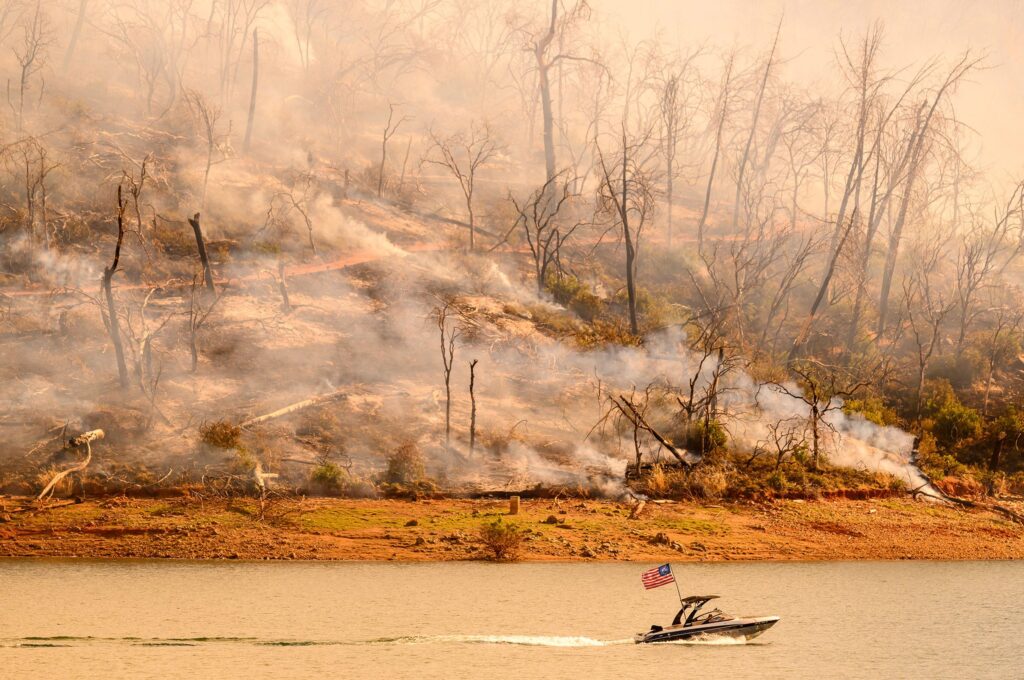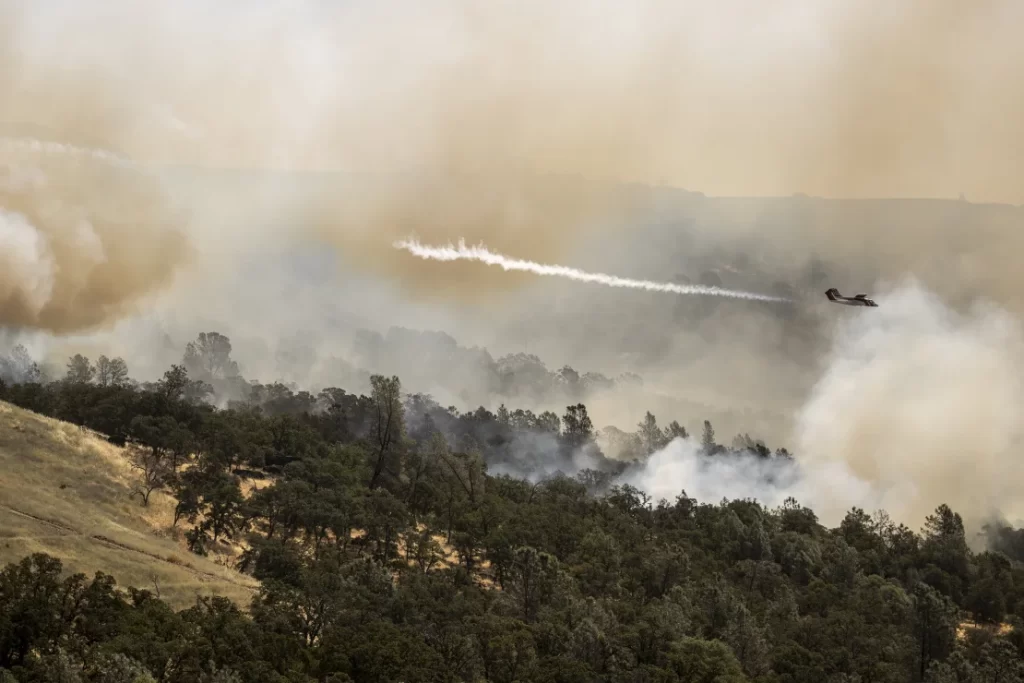An exceptionally severe and prolonged heat wave is intensifying across the Western United States, prompting officials to warn of potentially historic high temperatures and increased wildfire risks. The extreme weather event is affecting California, Oregon, Washington, Nevada, and Arizona, with temperatures soaring well into the 100s and 110s Fahrenheit, and some areas potentially reaching the 120s.
Death Valley, California, is expected to approach or exceed 125 degrees Fahrenheit by Sunday or Monday, potentially setting new daily records. Las Vegas, Nevada, may surpass its all-time high of 117 degrees during the same period.

The National Weather Service in Portland has warned of a “potentially historic heatwave” lasting several days, significantly increasing the risk of heat-related illnesses. Extreme heat is one of the leading weather-related killers in the United States, claiming hundreds of lives annually.
Tragically, heat-related fatalities have already been reported. In San Jose, California, a 69-year-old homeless man died due to extreme heat on Tuesday. The same day, a 10-year-old child in Arizona succumbed to a heat-related emergency while hiking in South Mountain Park and Preserve.
Saturday is anticipated to be the peak of this heat wave, with temperatures in the 110s becoming common across much of California, excluding coastal areas and higher elevations. The National Weather Service has emphasized the dangerous nature of this situation, particularly for vulnerable populations.
Nationwide, nearly 140 million people are under heat alerts, with over 70 million in parts of 10 western states facing alerts on Saturday alone. The heat wave is expected to persist through the middle of next week.

Oregon is preparing for up to five days of triple-digit temperatures with little overnight relief. Multnomah County, the state’s most populous, has declared a state of emergency for the weekend. Health officials are particularly concerned about large outdoor gatherings, such as music festivals and sporting events, where access to shade and water may be limited.
The intense heat, combined with gusty winds and low humidity, has created ideal conditions for wildfire spread. Red flag warnings are in effect across the West, including in the area of the Thompson Fire in California’s Butte County, which has already consumed over 3,700 acres and forced thousands to evacuate.
California is experiencing an active fire season, with over 145,000 acres burned so far in 2024, compared to 7,812 acres by this time last year. Nearly two dozen active wildfires of varying sizes are currently burning across the state.

As the West Coast grapples with this extreme heat, parts of the Southeast and mid-Atlantic are also facing oppressive heat and humidity. Cities including Houston, Miami, Atlanta, Raleigh, and Washington, DC, are expected to experience heat index values between 100 and 115 degrees Fahrenheit.
Officials across affected regions are urging residents to stay hydrated, seek air-conditioned spaces, and avoid outdoor activities during the hottest parts of the day. The prolonged nature of this heat wave poses significant risks to public health and infrastructure, emphasizing the need for continued vigilance and preparedness in the face of extreme weather events.
Associated Press original article



